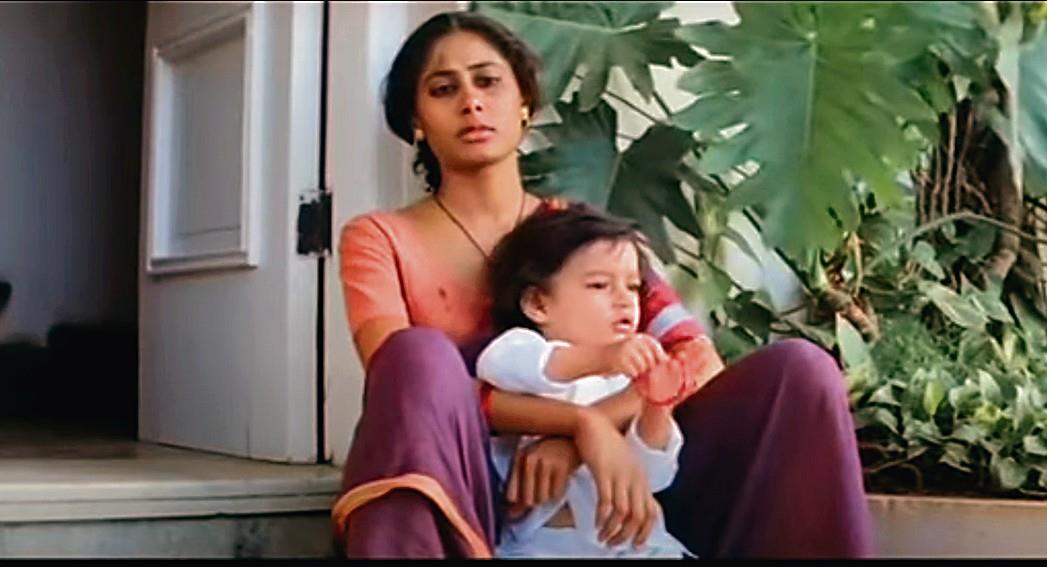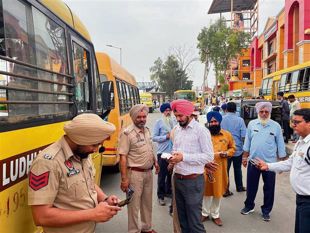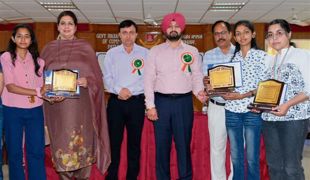
Kumar Shahani (1940-2024) wanted to develop a distinctive voice for Indian cinema. Photo courtesy: Kumar Shahani Archives
Nonika Singh
If one word can define a man, perhaps ‘passion’ could summarise the late Kumar Shahani. For the National Award-winning film director, creativity meant a lifetime of assiduous research. He learnt Hindustani classical music for years, not to become a musician, but only to go to the root of Indian culture, which is but deeply connected with music. Kumar studied Indian epic traditions under the Homi Bhabha Fellowship for nearly a decade and used the knowledge of women archetypes in his second feature film, ‘Tarang’, otherwise set in contemporary India.
Sanjay Shahani, his nephew and executive director, Edmonton Arts Council, Canada, uses another word, ‘rare’, for his uncle. “He understood both the practice and theory of cinema,” says he. Moreover, this disciple of Ritwik Ghatak, who later had an opportunity to work with French director Robert Bresson, known for minimalism, did not believe in the either/or approach. Thus, in Kumar’s works, both austerity and ornamentation could co-exist. His visual vocabulary was unique. “He used Kangra miniature paintings as a way of recalling cultural ethos of the place in throes of change,” says Sanjay.

His exacting approach to cinema meant that after his first film ‘Maya Darpan’, he had to wait for 12 long years before ‘Tarang’ could see the light of day. He never saw cinema as a business proposition, which meant that several of his projects remained unfinished, including one on the history of the cotton movement, Amrita Sher-Gil and yet another based on ‘Anna Karenina’. Though he intended to cast Dimple Kapadia as Leo Tolstoy’s Anna, Sanjay observes, “He was not the one to be swayed by glamour or star power.”
Filmmaker Piyush Jha, a childhood friend of Sanjay, who had the opportunity to observe Kumar and his cinema up-close, recalls him as an artist first and foremost. For Kumar, cinema was not just the art of storytelling, but an art form in itself and he treated it with similar aesthetic sensibility and artistic sensitivity. Even though his movies were, and are, socially relevant and dealt with class struggle and labour issues, Piyush views his films as subtle and experiential. He recalls: “So artistic and immersive was his oeuvre, including documentary films like ‘The Bamboo Flute’, that watching them felt as if one had been to an art gallery.”

Not the one to copy, not even Bresson whom Kumar assisted, he wanted his students at the FTII, Pune, where he would deliver guest lectures, to develop an inimitable voice. Noted filmmaker and FTII alumnus Ketan Mehta recalls his illuminating lectures and perspectives on cinema and hails him as “the leading light of the Indian new wave cinema”. “Along with Mani Kaul and Adoor Gopalakrishnan, he was one of the path-breaking makers to have graduated from the FTII and guided others,” Ketan adds.
While those who studied directly under him stand enriched, many new generation directors, such as Abhay Pannu of ‘Rocket Boys’ fame, are no less impressed by his craft. Abhay saw ‘Tarang’ in college and recalls being deeply moved by the authenticity and effectiveness of Kumar’s storytelling. The director’s idea of narration, however, was never simple. When he adapted literary works like Rabindranath Tagore’s ‘Char Adhyay’, he sought to explore spaces which words could not. He used natural sounds and paid as much attention to production as post-production. In his hands, rhythm, light and sound were also artistic tools.

Subjects like hyper-nationalism, which he touched upon in ‘Char Adhyay’, are relevant even today. Sanjay puts Kumar’s understanding of nationalism in the context of the times he lived in. He opines, “If Ghatak was born in undivided Bengal, Kumar, born at Larkana in Sindh province of Pakistan in 1940, saw what havoc can be caused in the name of religion and nationalism. Today, we know how State can become violent under the garb of nationalism. He understood early on how nationalism was not a simple question of whether you are a patriot or not.”
Sanjay also remembers him as “a man of great intellectual curiosity” and “someone who never talked down and did not position himself on a pedestal”. However, no one can take away his exalted position. As Piyush says, “Whether he got his due or not, whether his legacy endures among his students… as we write the history of Indian cinema, his place as one of the tallest stalwarts of the parallel cinema movement can’t be questioned.”
Lest we forget, it was his deep desire to develop a distinctive new voice for Indian cinema that brought him back from France to India. And in his passing away recently, India has lost a rare gem. He said of other greats, “To remember what he did and not to repeat it.”
That would indeed be the best tribute to the visionary, too.
Join Whatsapp Channel of The Tribune for latest updates.



























